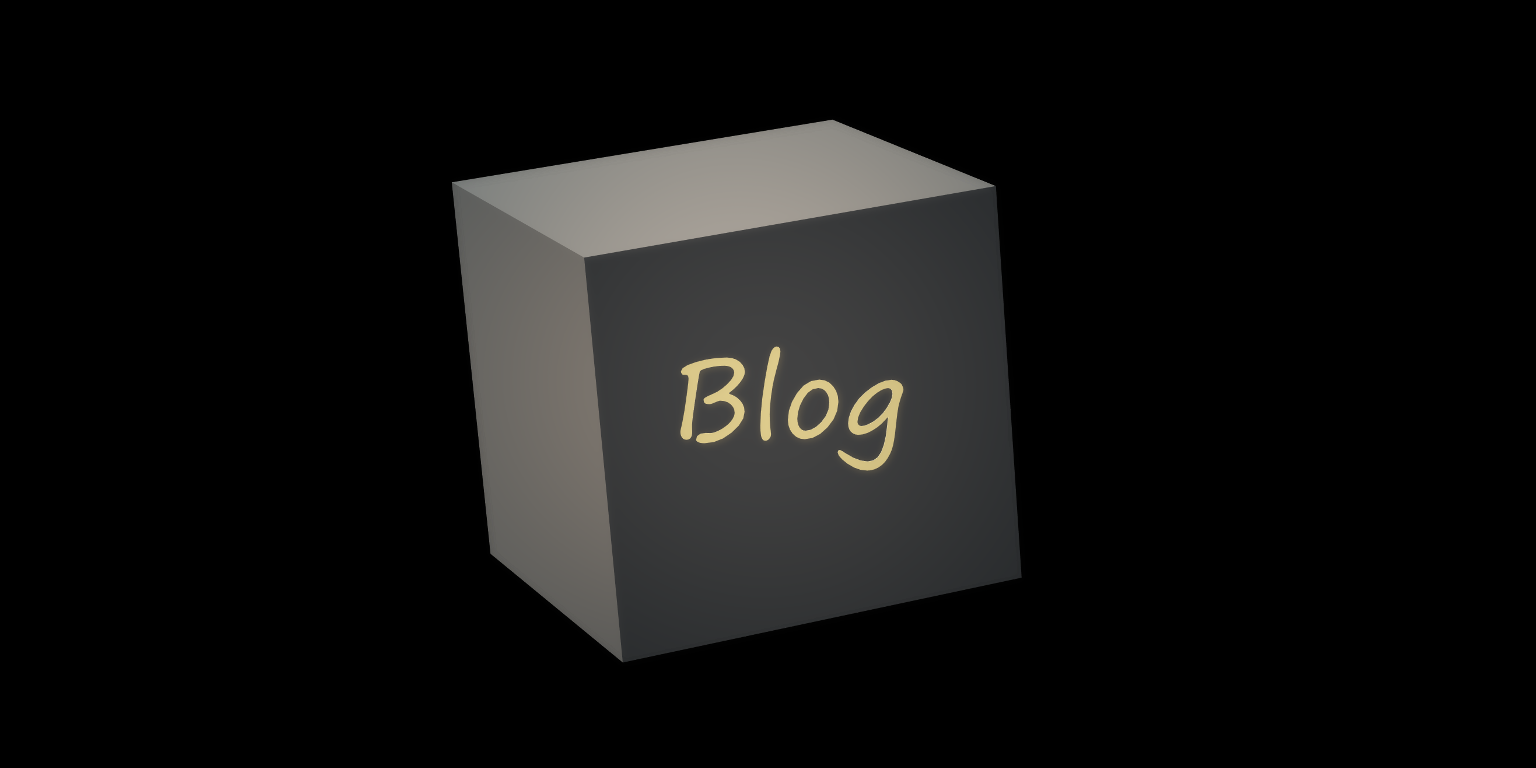1. (One Customer Problem) Identify one Customer Problem that you will focus on with your startup. Write one paragraph about the Customer Problem with as much detail as possible based on the validation work that you have done to date. Ensure that the Customer Problem is a real pain or need to be faced by your target customers. (1 Hour). 2. (One Revenue Stream) Identify one revenue stream that you will focus on with your startup. Write one paragraph about the revenue stream and any work that you have done to validate why this revenue stream and the pricing will be accepted by your target customers. Ensure that the revenue stream has enough potential to get you to a breakeven or near breakeven operations within 12 months. (2 Hours). 3. (Customer Archetype) Write a detailed five paragraph Customer Archetype of the hypothetical individual that is your target customer. Include photos and describe their home, their work environment, their hobbies and the activities they partake in day to day. The Customer Archetype may be based on your existing users or customers. The first paragraph should describe their demographic information. The second paragraph should describe their work and professional life. The third paragraph should describe their hobbies and interests. The fourth paragraph should describe why they need your solution. The fifth paragraph should describe how they will learn about and adopt your solution. Be as detailed and precise as possible. (2 hours). 4. (Customer List) Create a bulleted list of target customers based on your Customer Archetype. Your Customer List can include any existing users or customers. If you are focusing on a business to business (B2B) Customer Problem, the list should include at least 3 names. If you are focusing on a consumer (B2C) Customer Problem, the Customer List should include at least 9 names. For each customer, ensure that you have their full contact details including their phone number and a couple of sentences describing their demographic information. (1 Hour). 5. (Model Testing) Secure a brief call with each of your target customers on the Customer List to discuss the progress with your business and to test the pricing. Develop a rate sheet that includes three prices: a low price, a medium price and a very high price. Write a few sentences on each price, offering different value for each price level. For the low price, offer fewer features than you are currently planning to build. For the middle price, offer what you are planning to release. For the highest price, offer incremental value, such as customized support. Describe the offers to the Customer List and solicit feedback. If applicable, before asking for feedback, ask the customer what they do know to solve the Customer Problem, how much time they dedicate to the solution and how much money they spend on the solution. If applicable, also ask how much they would be willing to spend on a solution before presenting your pricing. Write the name of each target customer and a bulleted list of their feedback and include the amount that you anticipate they will actually pay over the lifetime of their commitment. Write a few sentences on how their feedback changed your pricing model. (6 hours). 7. (Recruit Competitor Customers) Identify customers of competing or similar products (alternative solutions) and encourage them to switch to your solution at the validated price point. If you are focusing on a business to business (B2B) Customer, identify 3 customers of alternative solutions, and use email or a phone call to encourage them to switch. The ideal scenario would be to get them to actually pay you money for the solution now, or, if that is not possible, try to secure a letter of intent (LOI - See Resources). If you are focusing on a consumer (B2C) Customer Problem, identify 9 customers of alternative solutions, and use email or a phone call to get them to sign up for your solution. The ideal would be to have them agree to use the current minimum viable product (MVP), or, if that is not possible, have them agree to join a user group for feedback on product development. Write a paragraph on what you learned through trying to encourage the customers to switch, including an analysis of your success rate. Provide a bulleted list of any LOIs, user groups, contracts or payments that you have been able to secure. (5 Hours). 8. (Switching Costs) Based on your work to Recruit Competitor Customers, write a few sentences about your thoughts on the amount of time and any related costs that a target customer might incur by switching to your solution from alternative solutions. Write another few sentences on how your solution will be multiple times better, faster or cheaper than alternative solutions. (2 Hours). 9. (Extend Validation) Copy and refine the bulleted list of Validation items that you developed during the Vision and Validation session based on your work to date. Prioritize the bulleted list based on the items that you have the least empirical evidence and that pose the greatest risk to your long-term success. Pick at least two of the top items, and develop an approach to empirically test them to gain defensible evidence. Write one paragraph on each of the tests, and include a description of your strategy and timetable to complete each test. Start the tests. (4 Hours). 10. (First Mailing) Expand The List to include at least 10 more people, potentially including the customers that you interviewed. Then, send your first mailing to The List that includes multiple paragraphs and photos with: (1) a description of your entrepreneurial journey to date, including your decision to enroll in the Founder Institute, (2) a description of the Customer Problem or Problems that you have chosen to focus on, (3) an overview of why you are passionate about the Customer Problem or Problems and (4) a solicitation for any feedback to improve. Provide a copy of your email. (2 Hours).
Upload images with the blog.

